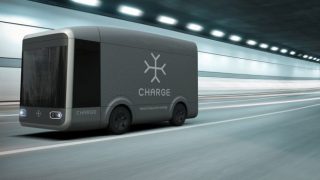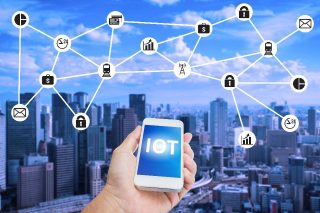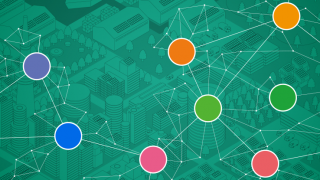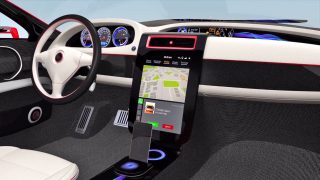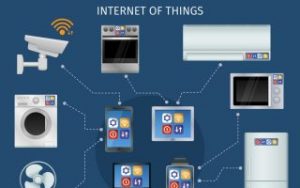
Dementia is now the leading cause of death in England and Wales – the Guardian explores how IoT could offer new ways to help sufferers live independently for longer.
Smart bottles that dispense the correct dose of medication at the correct time, digital assistants, and chairs that know how long you’ve sat in them are among the devices set to change the face of care for those living with dementia.




